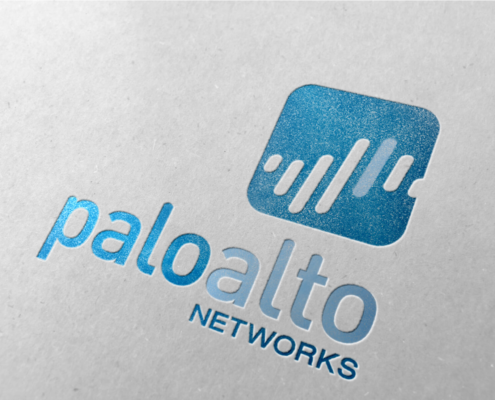The new reality of running business remotely is here. Those early adopters who invested into cloud infrastructures and applications in past decade are now reaping the benefits. COVID-19 had opened an opportunity for many IT departments to expand their budgets and boost cloud migration projects. Furthermore, many XaaS providers are giving discounts for migration to cloud today. Therefore, we are standing at the tipping point between work on-premises and work remotely.
I consider myself lucky to work with both types of businesses, those who invested in cloud technologies and those who kept pushing it off till critical mass is reached and risks are minimal. COVID-19 is an amazing stress test on IT infrastructures and security systems that I had a pleasure to build over the years.
If your company is small to medium size business and you are looking to migrate its core IT operations into the cloud within short period of time, then I’m afraid I’ll have to shatter your pink dreams. It’s not done over night right just before government forces your business to work from home. However, if you are full of ambition highly efficient individual who thinks that dreams can be made real, then I’ll share very high level road map that may help you move your IT operations to cloud within days depending on resources available to you.
When service availability stands between shutting down or work from home, three key areas that should be considered in most cases: Security, Infrastructure, Productivity Tools.







